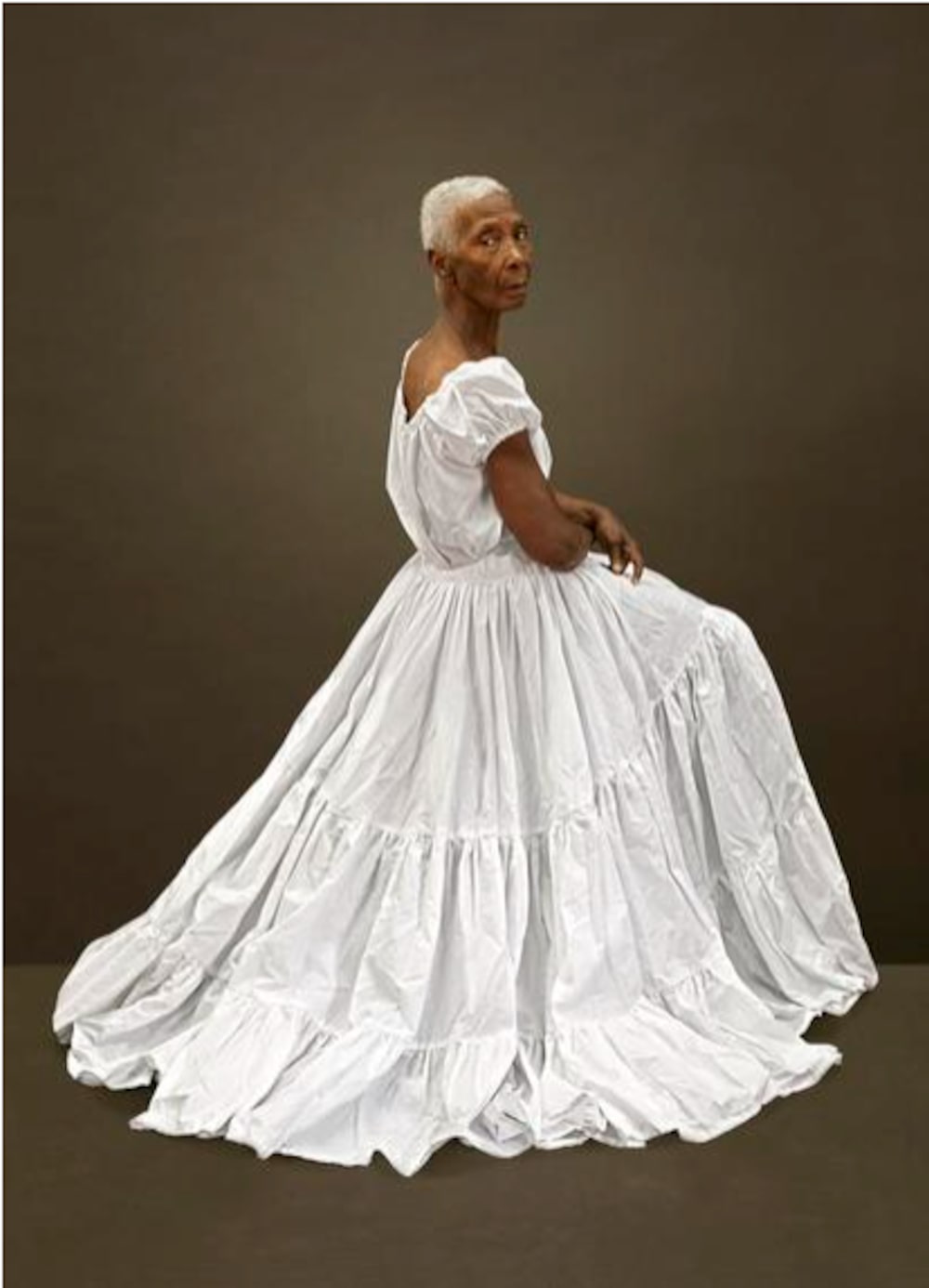Miami — Nohra Haime Gallery, which is based in New York, and is one of the world’s leading galleries, chose to showcase an exhibition of a single artist this week at Miami Art Week. And Haime chose to be at Pinta, the Latin American Art Fair, because of the artist she’s representing: Colombian multi-media artist Ruby Rumié.
Rumié was on sight herself, which is rare as artists usually try to distance themselves from the commercial aspects of their work, often referring to it as “the vulgar side of art.” But by her being there, Bloomberg Línea was able to get an in depth and personal take on the exhibit, which at first glance showcases many photographic portraits of women from Cartagena dressed in long white dresses, but it’s about much more than just that.
Rumié, who was born and raised in Cartagena, “develops projects based on injustice and psychology, and the impact of modern life in the daily lives of common people,” said the gallery.
For this series, Rumié found many of the original street vendors from Cartagena, all women, who people often overlooked as individuals, because shoppers looked first at what they were selling and not at the women themselves.
“They are objects of decoration, and I wanted to give them an identity and clean them of this tourist poster that they have become,” Rumié said.

While Cartagena is known for being a beautiful, seaside, colonial town, it has its mix of realities.
“There are wealthy people in Cartagena, but there is also misery,” Rumié said. “Art is a way to understand life and make life bearable,” she added.
Over the course of one year, Rumié tracked down these former vendors, had custom white dresses made for each, and invited them to her studio where she had them pose for a photograph. She wanted to give them “dignity,” she said.
The original series consisted of 50 photographic portraits, but some have already been sold, including several that went to one buyer “who bought a whole wall,” said Haime.
My dream is that a museum buys it [the remaining collection] so that more people can get to see it,” Haime said. “Whenever we show her work it touches people’s souls.”

